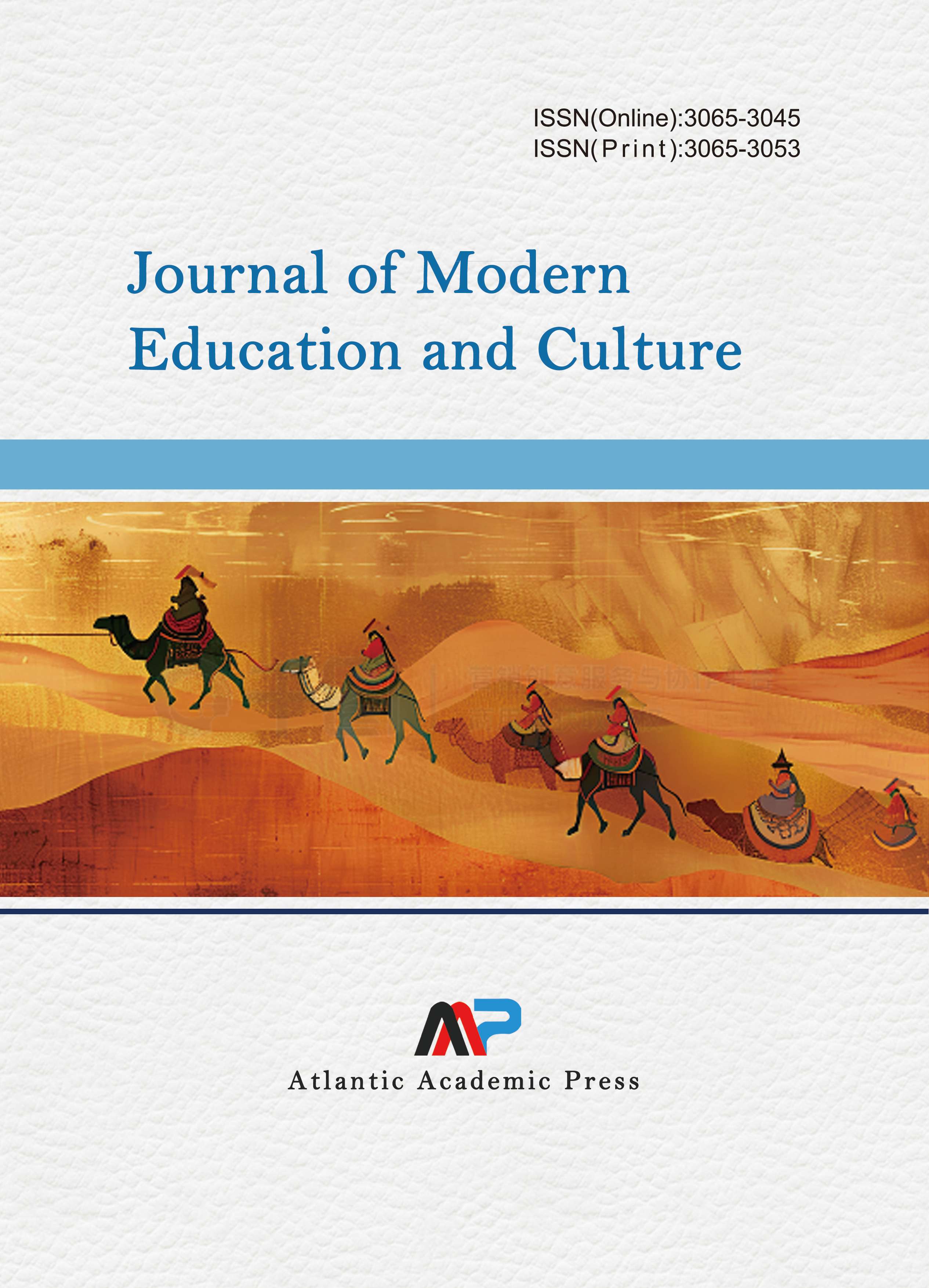The Cultivation of Innovative Thinking and Its Pathways in College English Education
DOI:
https://doi.org/10.70767/jmec.v2i3.590Abstract
Against the backdrop of the continuous evolution of cognitive education concepts and the deepening objectives of higher foreign language teaching, the cultivation of innovative thinking has become a key developmental direction in college English education. Focusing on the embedding mechanism of innovative thinking in college English instruction, this study conducts a systematic investigation into its cognitive characteristics, mechanisms of linguistic expression, and the structural reconstruction of the teaching system. The article first explores the compositional model of innovative thinking and its intrinsic coupling with knowledge schemata and linguistic carriers, and subsequently constructs a teaching pathway system centered on “task-driven—content expansion—interactive generation.” Furthermore, optimization strategies are proposed across three dimensions: teaching assessment, teacher guidance, and environmental construction. The findings indicate that innovative thinking not only relies on the complexity of linguistic expression but also heavily depends on the organization and activation of cognitive resources within the teaching system. By building diversified structures and dynamic support systems, college English education can effectively achieve a shift from language input to the generation of thinking, thereby providing cognitive support for the cultivation of interdisciplinary talents.
Downloads
Published
Issue
Section
License
Copyright (c) 2025 Journal of Modern Education and Culture

This work is licensed under a Creative Commons Attribution-NonCommercial 4.0 International License.




